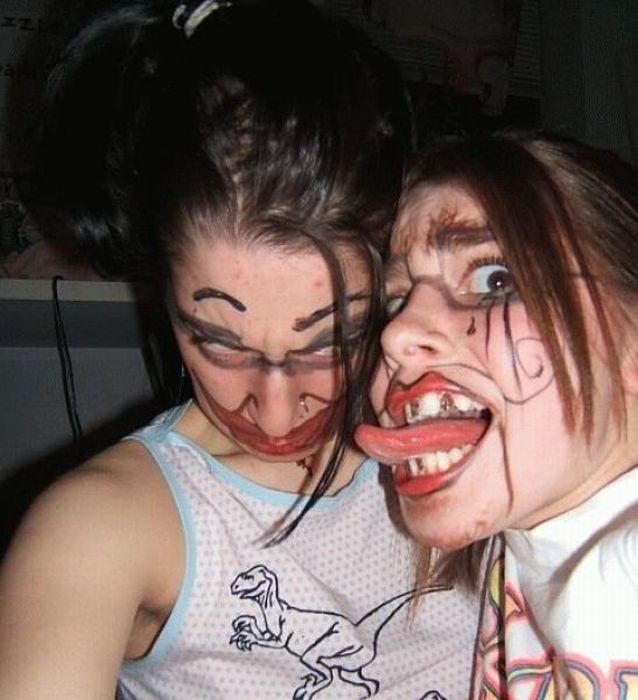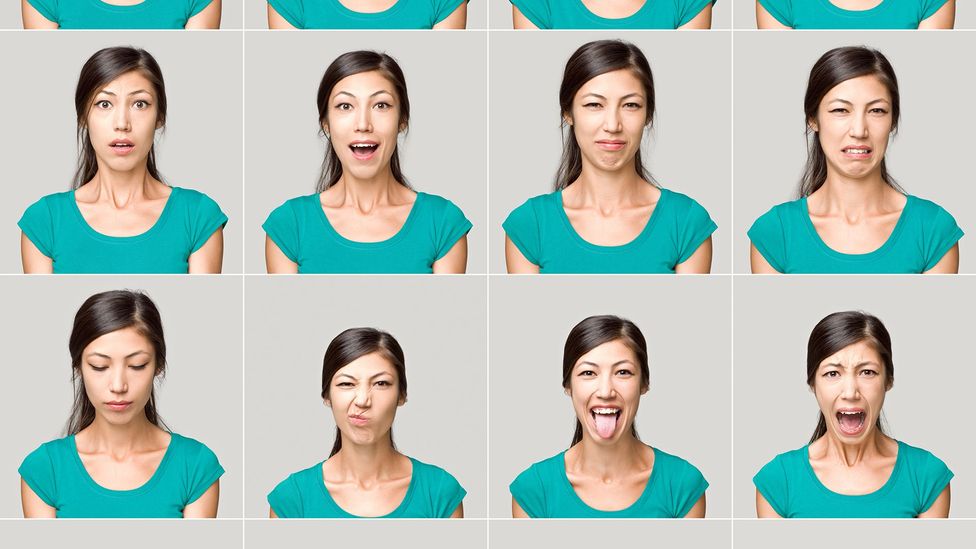

Fear, like surprise, is closely rooted to instinct and indicates a desire to avoid or escape something. The mouth is usually open to some degree as well.
Face expressions how to#
Each facial expression has its own distinctive points of tension, but when you’re learning how to draw expressions you can keep your focus on the mouth, the eyes, and the eyebrow area. The facial expression of fear is characterized by widened eyes and eyebrows slanted upward. Let’s start by introducing the concept of “points of tension.” These are the areas of the face where the muscles tense up and become more prominent, usually through wrinkling. Regardless of whether you’re aiming for a realistic style or want to learn how to draw anime expressions, when you understand how each emotion affects certain areas of the face, it becomes easier to express them in your drawings. The facial expression of disgust was found to be one of these facial expressions. How to Draw Facial ExpressionsĮxpressions are the visual and unspoken language of a character’s mood and personality. The sensation of tasting something sour is similarly universal. After watching each clip, participants selected an emotion term (amusement, enjoyment, anger, disgust, and shame and guilt) that described the males’ facial expressions. This documented in Paul Ekman's 1960s studies of facial expression. Clips of the IQ test showing facial expressions of amusement, enjoyment, anger, disgust, and shame and guilt were identified using Ekman and Friesen’s (1978) FACS. Human faces communicate happiness, sadness, anger and fear. They found that the superior temporal sulcus.

Here, we’ll show you how to draw facial expressions by exploring how each of the main human emotions-happiness, sadness, anger, fear, and surprise-can be distilled into a few basic gestures and adjusted to achieve an even broader emotional range. Some facial expressions are similar where ever we are in the world. (2012) investigated the neural response to face motion using videos of natural face expressions. The timing and way that our emotions are expressed on the face can be further categorized into various types including: macro, micro, subtle, false, and masked. You can bring this innate ability to your drawing, as well. As we grow older, this ability turns into a way of expressing our feelings and reading other people’s thoughts and emotions without the use of words. Two-photon imaging uncovered insular cortical neuron activity that correlated with specific facial expressions and may encode distinct emotions.

From a very early age, we develop the ability to distinguish a happy expression from an angry face. Facial expressions are one of the most powerful ways we humans have for communicating with one another.


 0 kommentar(er)
0 kommentar(er)
